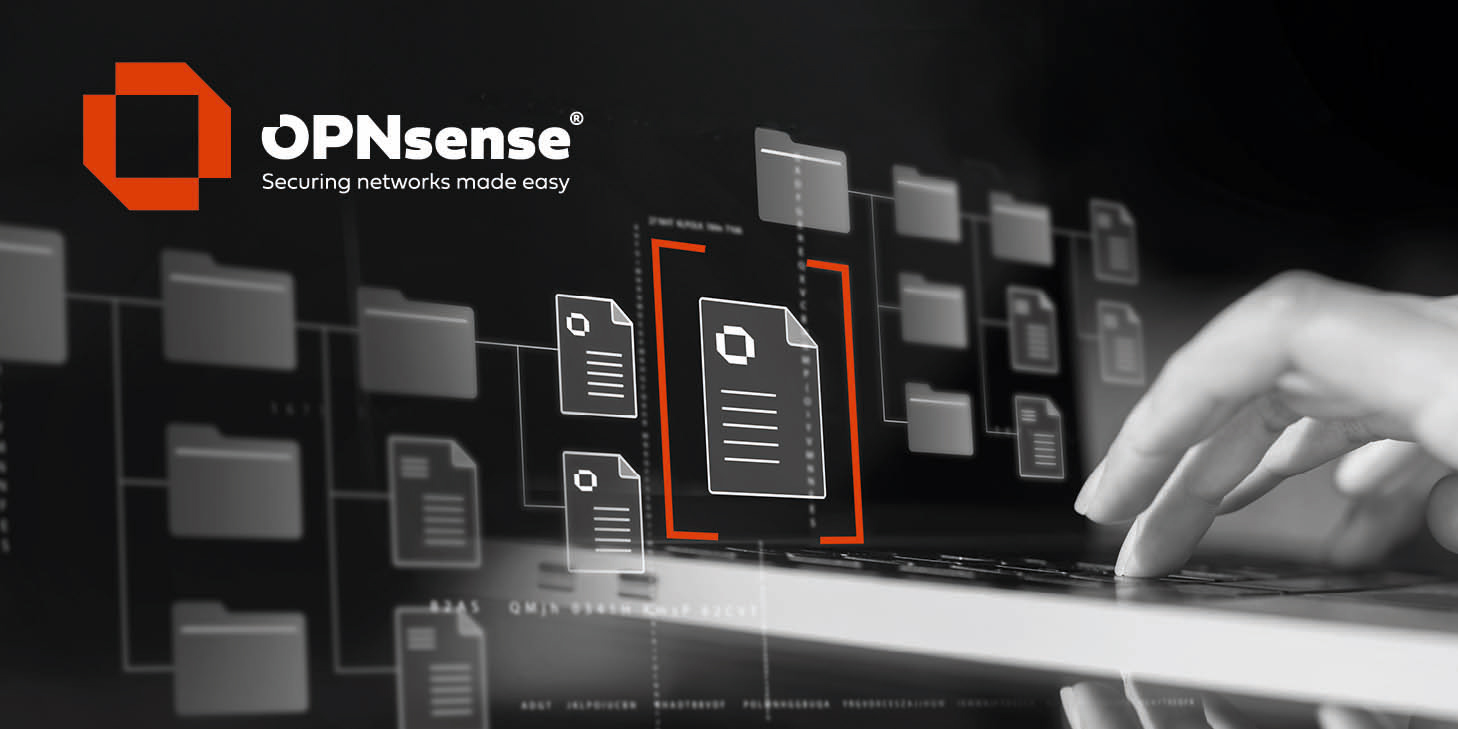Recent posts
#1
25.7, 25.10 Series / Re: reboot will reset the conf...
Last post by gspannu - Today at 10:00:15 PMQuote from: vijay on Today at 12:54:27 PMHi All
I have already tried all steps but no luck, Just FYI I am installing opnsense in OCI cloud linux server
If you detail what steps you have done, it may be easier to diagnose your issues.
As a start, can you confirm that you
- have actually installed OPNsense; and not just running this in live mode?
- have removed the drive/image you installed from, and confirm that your OPNsense instance has actually booted up from the' installed' drive?
#2
German - Deutsch / Re: BGP Prefix Lists filtern
Last post by Crunk_Bass - Today at 09:02:09 PMEs war tatsächlich ein Anfängerfehler.
Ich ging davon aus, bei der Angabe Prefixgröße mit le 16 würde le (less or equal) sich auf die Netzgröße beziehen.
Tatsächlich bezieht es sich aber, logischerweise, auf die Zahl. Und die Zahl wird nun mal größer wenn das Netz kleiner wird.
Also einfach le durch ge ersetzt und schon funktionierte es.
Ich ging davon aus, bei der Angabe Prefixgröße mit le 16 würde le (less or equal) sich auf die Netzgröße beziehen.
Tatsächlich bezieht es sich aber, logischerweise, auf die Zahl. Und die Zahl wird nun mal größer wenn das Netz kleiner wird.
Also einfach le durch ge ersetzt und schon funktionierte es.
#3
German - Deutsch / Re: FireHOL IP-Blocklisten per...
Last post by juergen2025 - Today at 08:00:18 PMMit euren Hinweisen konnte ich die Regeln/Aliases korrekt umsetzen und das gewünschte Verhalten im LAN sauber realisieren.
Läuft jetzt wie erwartet.
Danke für die Hilfe – sehr gute Community!
Läuft jetzt wie erwartet.
Danke für die Hilfe – sehr gute Community!
#4
German - Deutsch / Re: AirPrint zwischen zwei VLA...
Last post by Schnuffel2008 - Today at 07:59:33 PMIch habe das ganze mittlerweile anders gelöst und nutze meinen Drucker nur noch unicast mit unbound. Das funktioniert super mit Android als Mopria-Drucker, mit Airprint für iPhones etc. Und auch für Windows.
Ich brauche kein ymd s Repeater etc. Und hatte seitdem nie mehr das Problem, dass mein Drucker über verschiedene Vlans nicht gefunden wird. Vielleicht wäre das eine Lösung.
https://forum.opnsense.org/index.php?msg=245044
Ich brauche kein ymd s Repeater etc. Und hatte seitdem nie mehr das Problem, dass mein Drucker über verschiedene Vlans nicht gefunden wird. Vielleicht wäre das eine Lösung.
https://forum.opnsense.org/index.php?msg=245044
#5
Hardware and Performance / Re: [solved] Intel i226 Firmwa...
Last post by mpoldphone191 - Today at 06:42:15 PMThanks for the commands, I verified that I have the latest firmware on all 4 NICs. I have not seen any issues with the N150 mini PC with the new firmware on a new build of OPNSense.
Quote from: dirtyfreebooter on December 24, 2025, 05:00:09 PMdmesg shows multiple boots. so if you just dmesg | greg, and some of your boot logs before the firmware update was done will show the older firmware of course. its easiest to verify with sysctlCode Selectsysctl dev.igc.0.fw_version
sysctl dev.igc.1.fw_version
sysctl dev.igc.2.fw_version
sysctl dev.igc.3.fw_version
etc
#6
General Discussion / Re: Native NAT64 support
Last post by Maurice - Today at 06:07:21 PMThanks for making this connection, @overbored!
I performed a packet capture again. My phone makes no attempt to establish the VoWiFi tunnel over IPv6.
It only performs a DNS query for the ePDG's A record, not AAAA. Then there's absolutely nothing after the DNS reply.
It doesn't matter whether I filter A records in Unbound or not (AAAA-only mode).
It really seems that my phone's VoWiFi stack is strictly IPv4-only and doesn't attempt to use Android's CLAT either.
This might be different with other / newer phones like your iPhone.
@bestboy, would you mind testing this Tayga setting with your phone?
Cheers
Maurice
I performed a packet capture again. My phone makes no attempt to establish the VoWiFi tunnel over IPv6.
It only performs a DNS query for the ePDG's A record, not AAAA. Then there's absolutely nothing after the DNS reply.
It doesn't matter whether I filter A records in Unbound or not (AAAA-only mode).
It really seems that my phone's VoWiFi stack is strictly IPv4-only and doesn't attempt to use Android's CLAT either.
This might be different with other / newer phones like your iPhone.
@bestboy, would you mind testing this Tayga setting with your phone?
Cheers
Maurice
#7
German - Deutsch / Re: Frage zu Wireguard VPN
Last post by Melone145 - Today at 05:47:18 PMhabe ich doch dafür ist docj AllowedIPs = 192.168.1.0/24 da oder muss das woanders gemacht werden?
#8
German - Deutsch / Re: Frage zu Wireguard VPN
Last post by Bob.Dig - Today at 05:40:07 PMDas musst Du im Client eintragen, nicht am Server...
#9
German - Deutsch / Re: FireHOL IP-Blocklisten per...
Last post by meyergru - Today at 05:28:33 PMQuote from: juergen2025 on Today at 03:03:07 PMdanke für den Hinweis, verstanden 👍
Nein, Du hast es nicht verstanden. Man verwendet so gut wie nie ,,out" Regeln.
Der ausgehende Verkehr, den Du blockieren willst, kommt zuerst über das LAN Interface zur Firewall herein (,,in") und dort solltest Du ihn blockieren.
#10
German - Deutsch / Re: FireHOL IP-Blocklisten per...
Last post by viragomann - Today at 05:01:27 PMQuote from: juergen2025 on Today at 03:03:07 PMZiel ist also:Auf den internen Interfaces müsste dafür die Richtung "in" sein, eben aus Sicht der Firewall.
WAN / in → eingehenden Traffic von Blocklisten-IPs blockieren
LAN (bzw. relevantem Interface) / out → ausgehenden Traffic zu Blocklisten-IPs blockieren
Daher plane ich eine separate Regel mit Ziel = Blocklisten-Alias und Richtung ,,out" auf dem entsprechenden Interface.
Alternativ kannst du die Regel für Ziel = Blockliste am WAN erstellen, dann mit Richtung "out" oder "any". Falls du das loggen möchtest, würdest du aber hier nur die WAN-IP als Quelle sehen.
Grüße

 "
"
